Question Routines Resource Hub
Explore a wide range of resources supporting the ongoing implementation of Inquiry Mindset Questions Edition.
Question Routines Sequence
Use this sequence to plan for, reflect on, and integrate Question Routines in your classroom:
Use Question Routines in an ongoing and routine manner.
Allow space for movement, collaboration, and sharing of ideas. Prepare yourself for a shift in energy in the class- room as well as a shift in the roles of the teacher and the learner.
Create physical or virtual space to document and show evidence of Question Routines in action.
Show an interest in the ideas and questions your students share. Your curiosity will have a massive impact on where the questions that are asked will take you
Question Continuum
The Question Continuum is a foundational routine and is a perfect starting point with your learners on their journey to question competence! This routine helps learners deepen their understanding of closed and open questions as well as start to notice the language of questions as they place them along the continuum between these two types.
Explore the Question Continuum photo gallery.
Watch the Question Continuum in action in this Learning Lab video.
Question Triangle
The Question Triangle is a core routine to add to your tool kit! This series of moves supports learners to think about the questions they are asking, engage in sorting and reflecting, and become co-designers in the process of unit and inquiry planning. It is high yield for learners and expandable for educators in all of the best ways.
Explore the Question Triangle photo gallery.
Question Sort
The Question Sort Routine is an excellent framework for helping students organize their questions. Teachers can use this to help students find alignment with curriculum goals, workshop questions for clarity, and watch learners find personal relevance in pursuing their curiosities, all of which can lead to fruitful inquiry planning.
Question Quadrant
The Question Quadrant extends learners' understanding of generating meaningful and purposeful questions and helps them develop their role as co-designers of their learning journeys while supporting educators to reflect deeply throughout the process of learning about their learners.
Explore the Question Quadrant photo gallery.
Question Pyramid
This structure is the perfect extension for routines like the Question Triangle, Question Continuum, or the Question Sort. It helps students tune into their curiosities while supporting educators to plan by aligning curricular competencies and learning targets in meaningful and agentic ways.
Explore the Question Pyramid photo gallery.
Question Staircase
The Question Staircase is a playful and intentional routine that provides the structure and scaffolding for students to categorize their questions beyond closed and open, towards higher-order thinking. This routine invokes the skills of Bloom’s Taxonomy specifically: remembering, understanding, applying, analyzing, evaluating, and creating. The skills ascend in order of depth and complexity, hence the representation of this routine as a staircase with remembering usually added as the first “step” or category. As this routine can be quite sophisticated, it may be challenging for a primary years audience.
Explore the Question Staircase photo gallery.
Question Pencil
The Question Pencil Routine is designed to help students create more powerful and targeted questions to develop their curiosities and direct their learning. The clear framework this routine provides connects question stems with question purpose.
Explore the Question Pencil photo gallery.
Watch the Question Pencil in action in this Learning Lab video.
Question Hexagons
Based on the principles of hexagonal planning in teaching, the Question Hexagon Routine helps students work on connections between questions and the bigger concepts they are learning. As participants bring concepts together, the connecting sides of the hexagons provide a visual of the thinking connection they are exploring. Adding Thinking Skills Arrows based on skills that help students increase complexity in their questioning and thinking competence sets this routine apart!
Explore the Question Hexagons photo gallery.
Question Timeline
The Question Timeline Routine happens over a span of time and is an ongoing fixture in a classroom for the length of a unit of study or an ongoing inquiry. This is a collaborative routine that includes input and questions from all learners. The Question Timeline allows you to spiral back and reflect on the questions generated early in the process and to create new ones. As new learning occurs, the questions will change, and this routine makes those changes visible.
Explore the Question Timeline photo gallery.
Question Buddies
Question Buddies is not a routine but a foundational practice that can be leveraged throughout your questioning work with students. This practice helps foster psychological safety and confidence among collaborators in the classroom. Question Buddies is a way to support students in taking risks with their learning, becoming more critical and interrogative about their thinking, becoming more reflective about their ideas and questions, and contributing to a culture of learning that is based on voice, choice, and agency.
Explore the Question Buddies photo gallery.
If you are interested in sharing the story of your Question Routines implementation, please submit below. Similar to the many powerful vignettes in Questions Edition, consider using the What I did…What I noticed and observed…What I would suggest…stems to shape your reflection and submission. Please capture some photos of the routines in action and In short time, Trevor will respond to your email at which point you can attach your photos. Over time, we will add to the Question Routine galleries and perhaps highlight your story!

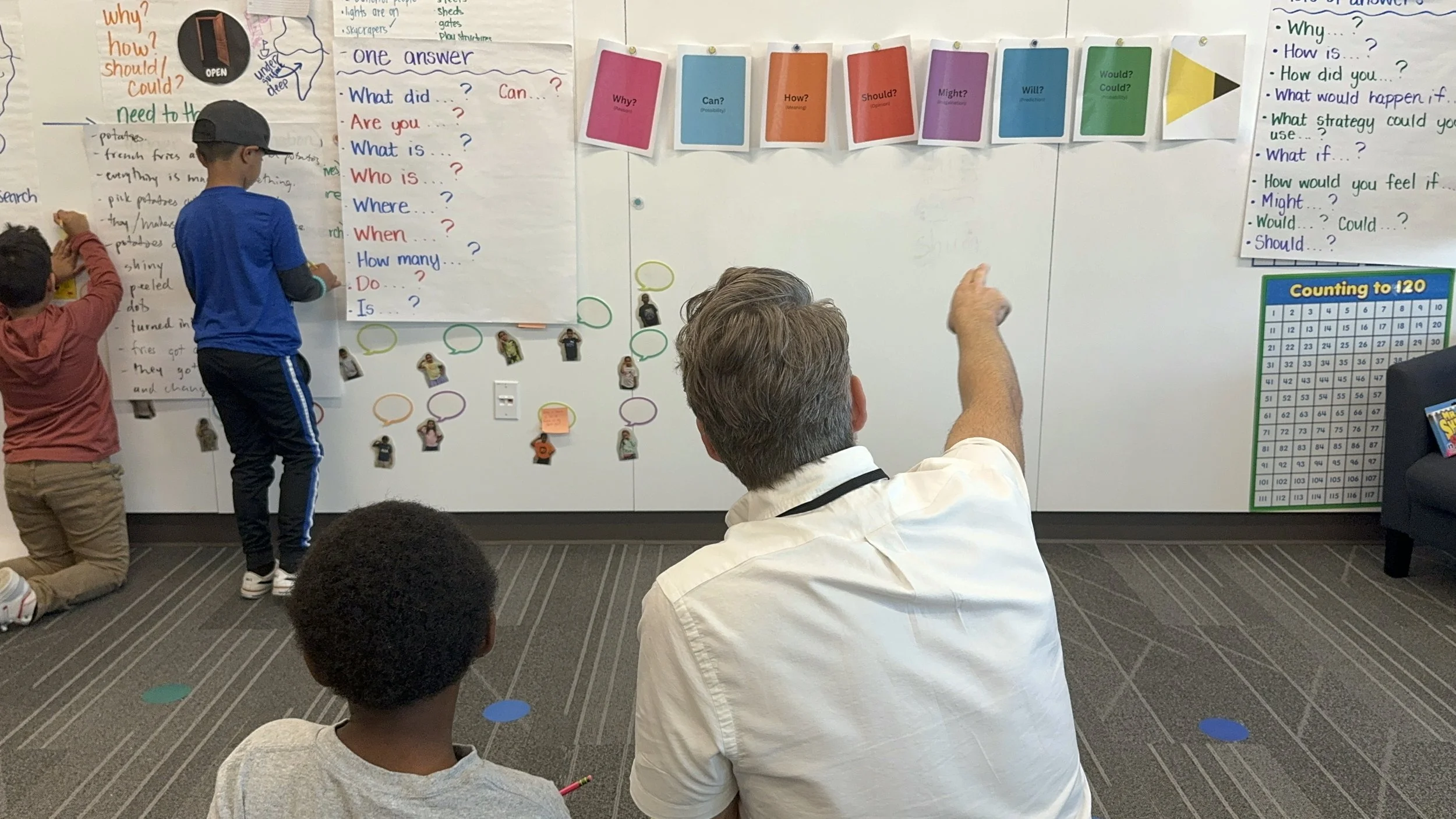










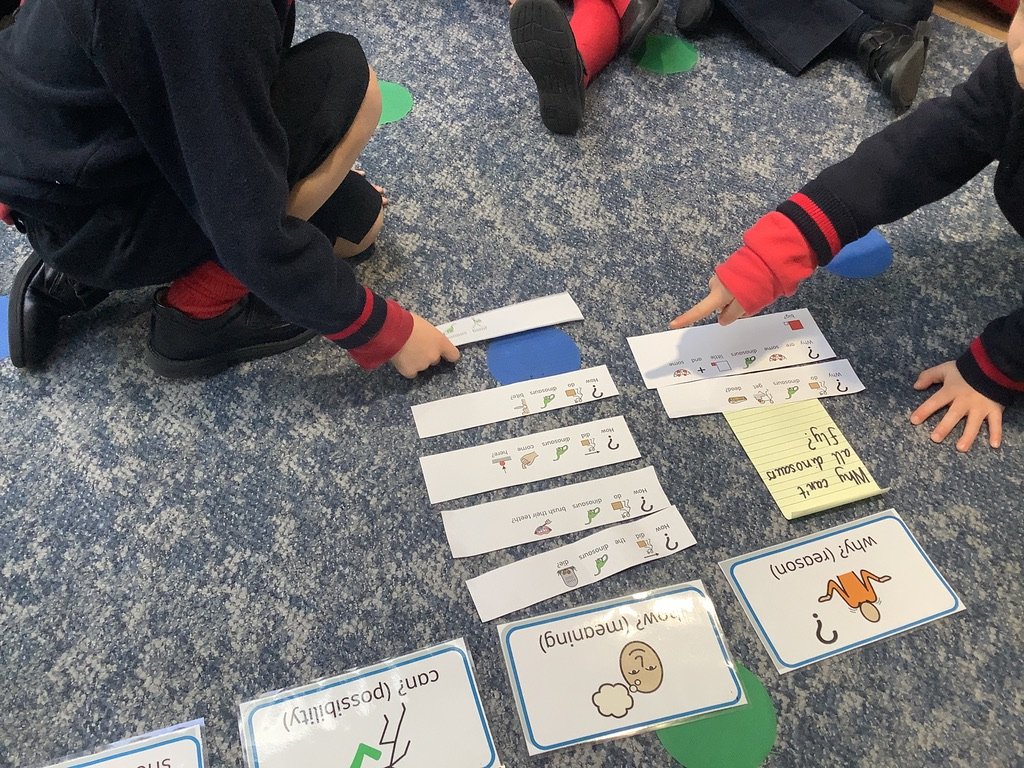


























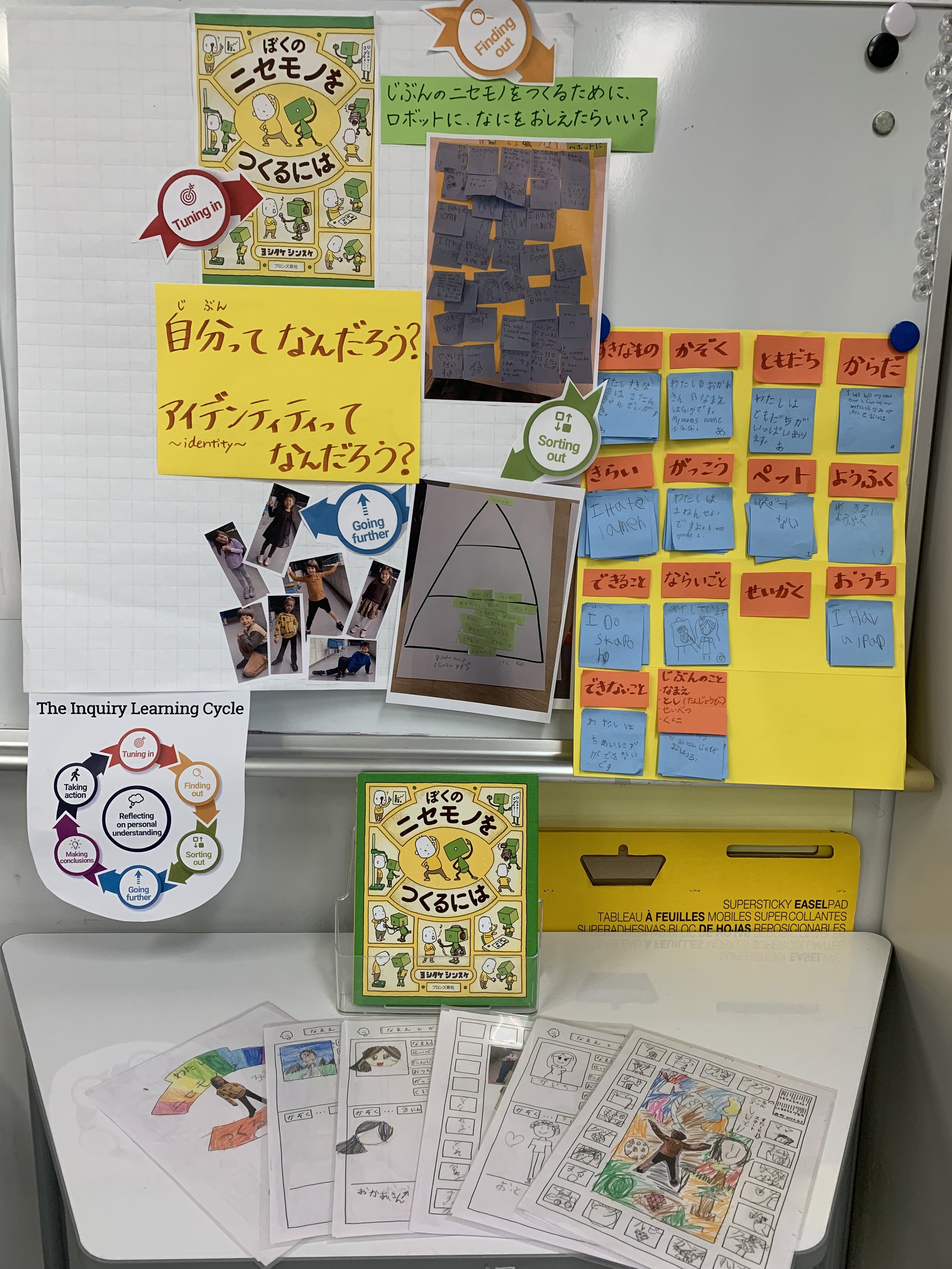
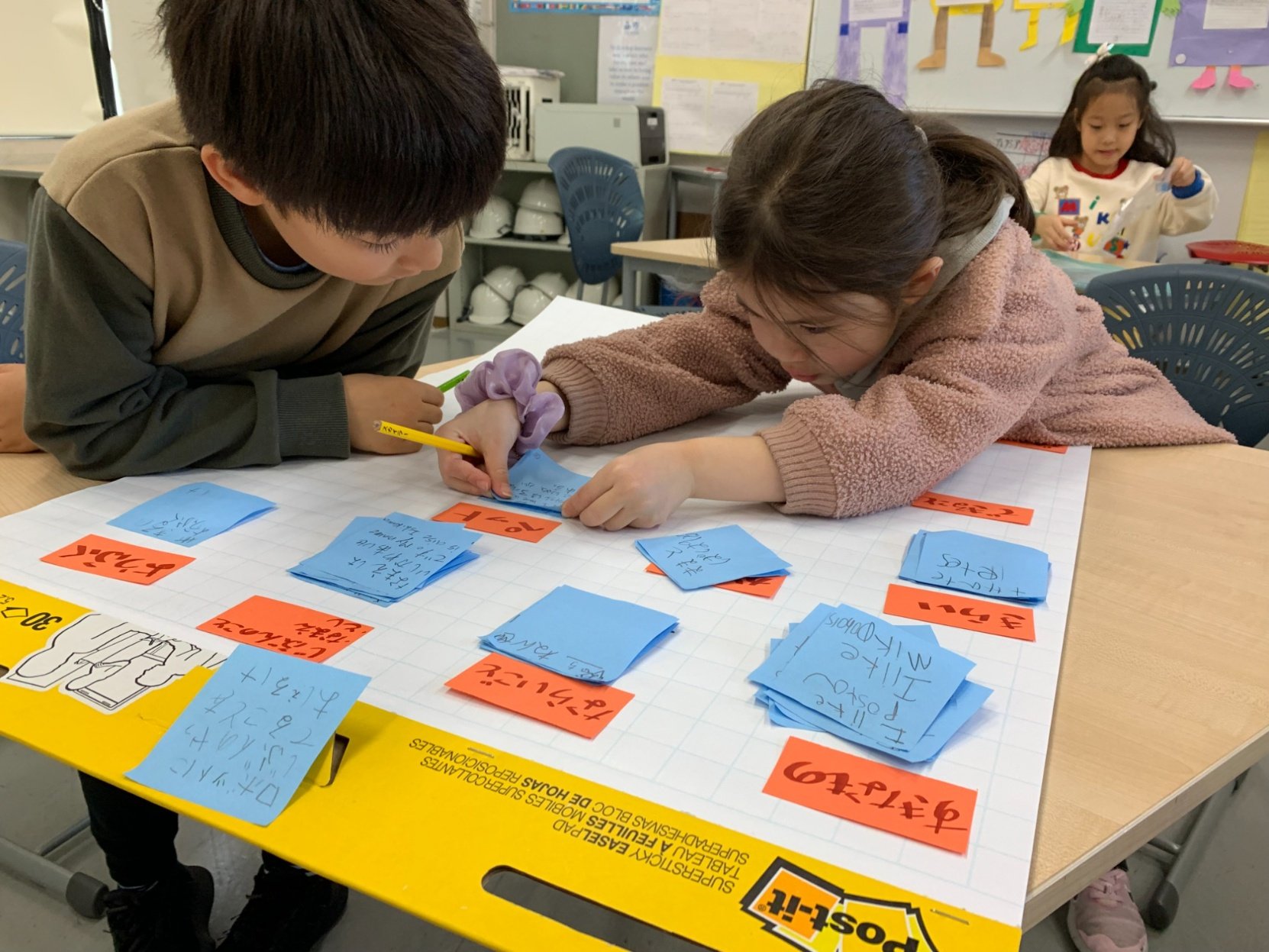



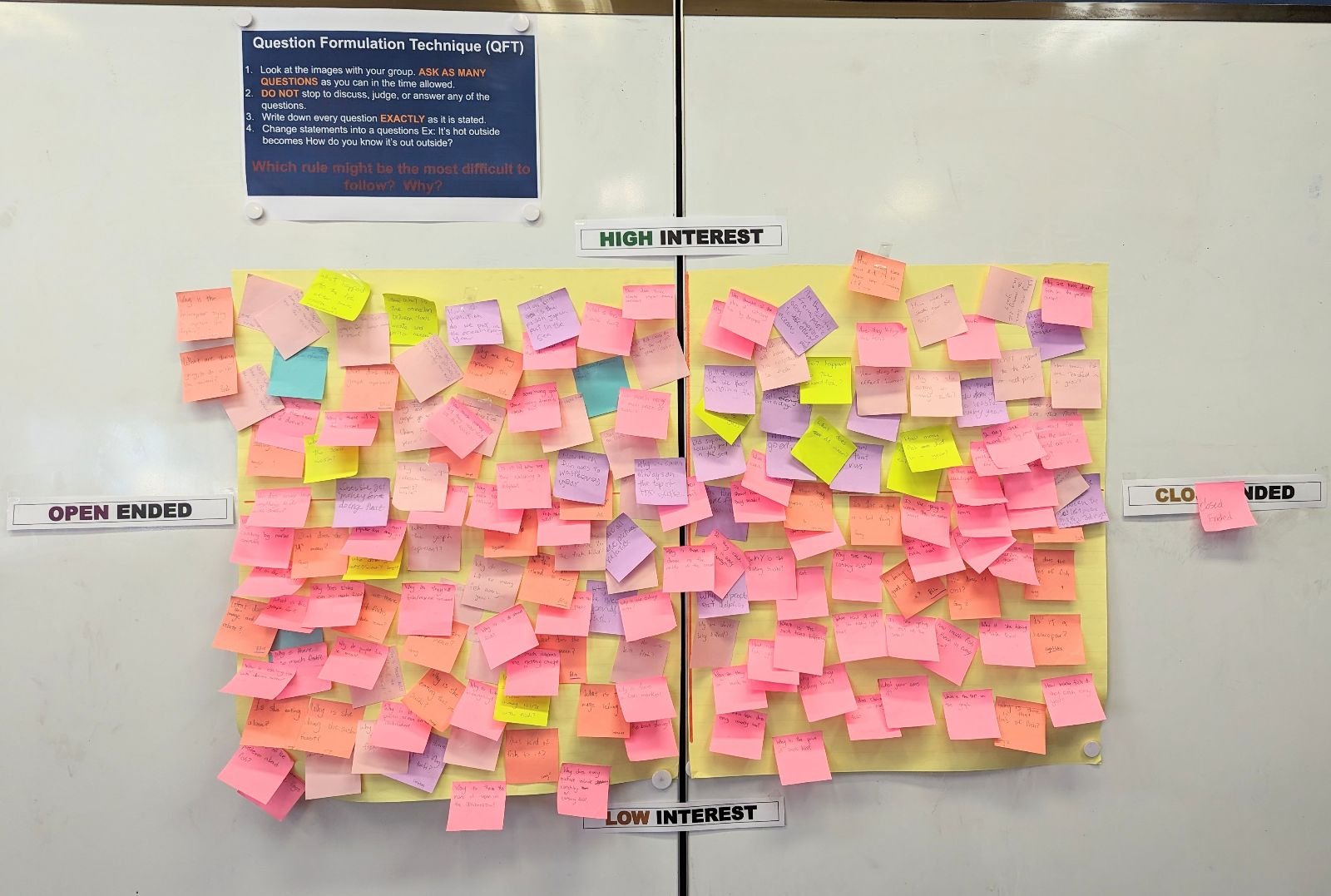






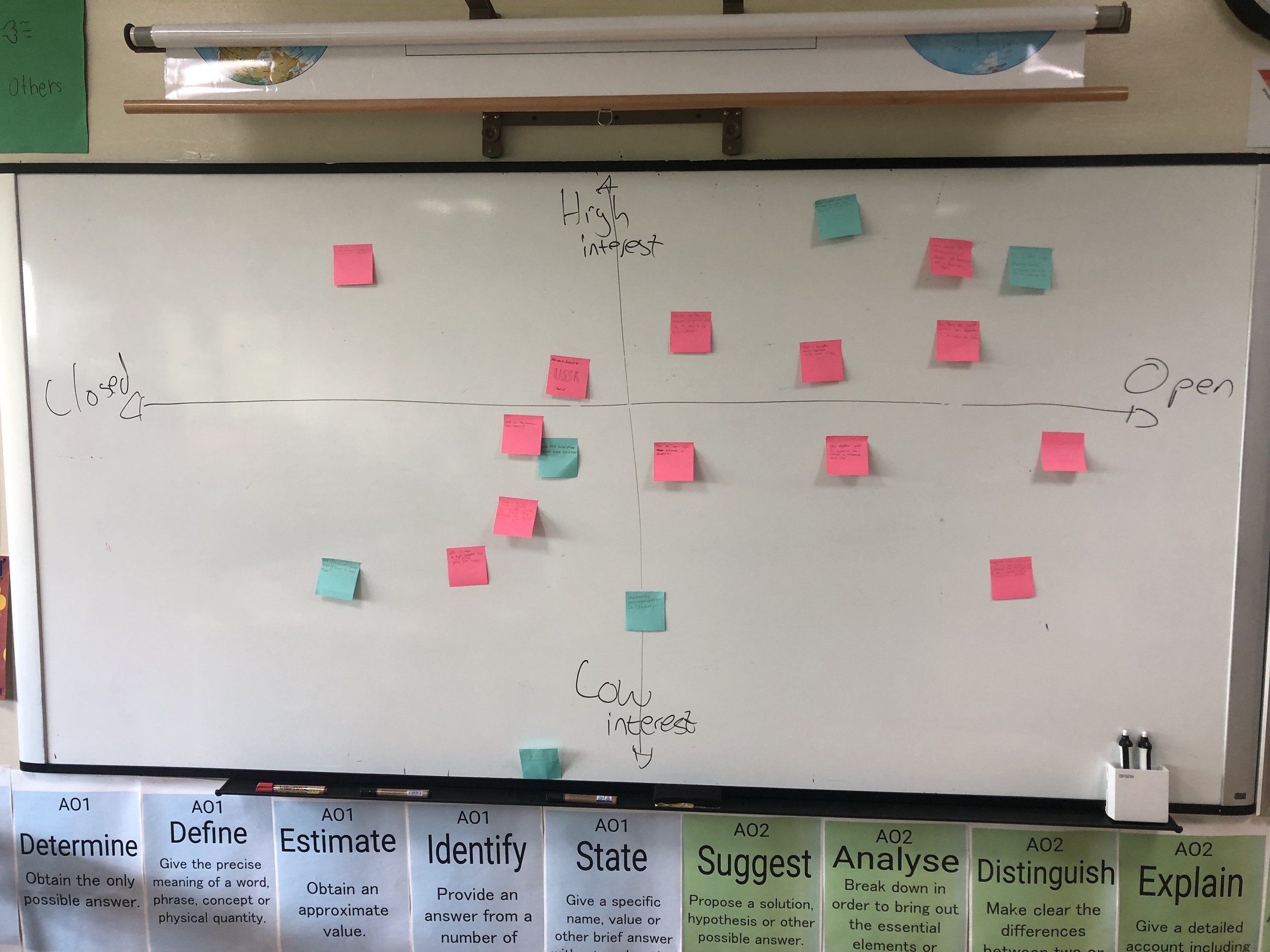





































































One of the most fruitful opportunities in all of the work I do with schools (see a glimpse of these offerings here) is within the Learning Lab model. I have written about learning labs before and shared how they get to the heart of inquiry, allowing teachers to co-plan, co-teach, and reflect together across the span of a single day. There are a number of specific resources that I use to help colleagues I have the good fortune to co-teach with and I to make the most of our partnership. There are a few Learning Labs models schools and I discuss to help maximize impact for staff and spread the learning as much as we can. We care about student learning and teacher learning. We care about creating capacity and impact. We care about getting the absolute most out of our investment of time, budget, and effort.